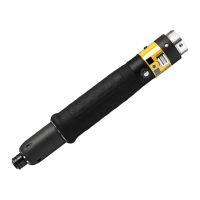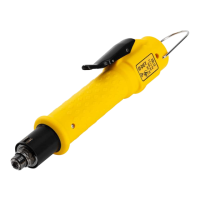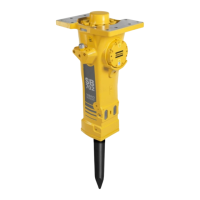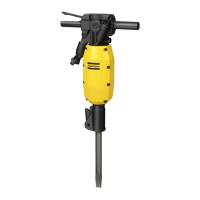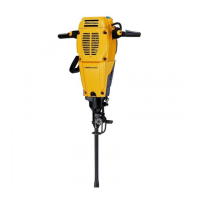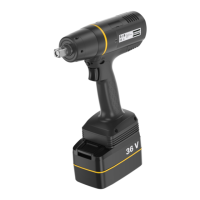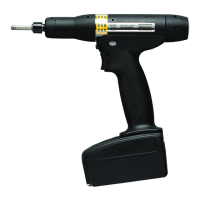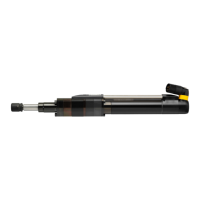Peripheral Devices
606 9836 3521 01
8.17 Process data
Process data comprises following types of data:
Cycle data
Traces
Events
Setup
Process data is accessed from external devices using fieldbus, external communication protocols, the
API, etc.
Cycle data, Events, and Traces generated by PowerMACS are put into a number of FIFO queues. Each
device has their own queues, one for cycle data, one for traces, and one for events. This means that they
can read data at their own speed without interfering with each other.
All access to Process data is done on the client's request. When requested for, the PowerMACS system
will return the next data from the queue in question. Should the queue be empty then the client will receive
an empty data package. It is the client's responsibility to request new data. PowerMACS will not
spontaneously indicate to him that new data is available.
Since a process data item, e.g. one cycle data, often are bigger than what can be handled by a single
read or write access, it is accessed through successive reads or writes where each access returns a part
of the complete data item. These parts are called packages. In other words, one data item consists of one
or more data packages.
A Process data package has the following format:
SEQ (Most Significant Byte)
SEQ (Least Significant Byte)
LEN (Most Significant Byte)
LEN (Least Significant Byte)
First in the package there is a sequence number named SEQ and a length field named LEN. Both are
Short Integers, which means that they occupy two bytes each (see Data types).
SEQ is the sequence number of the package within a particular data item (e.g. a cycle data). The first
package has SEQ = 1, the second has SEQ = 2, and so on. To indicate the last package of a data item
SEQ is negated. This means that a data item that is divided in three packages will have the following
values of SEQ: 1, 2, -3.
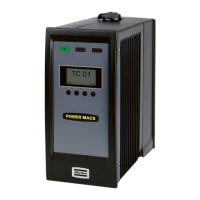
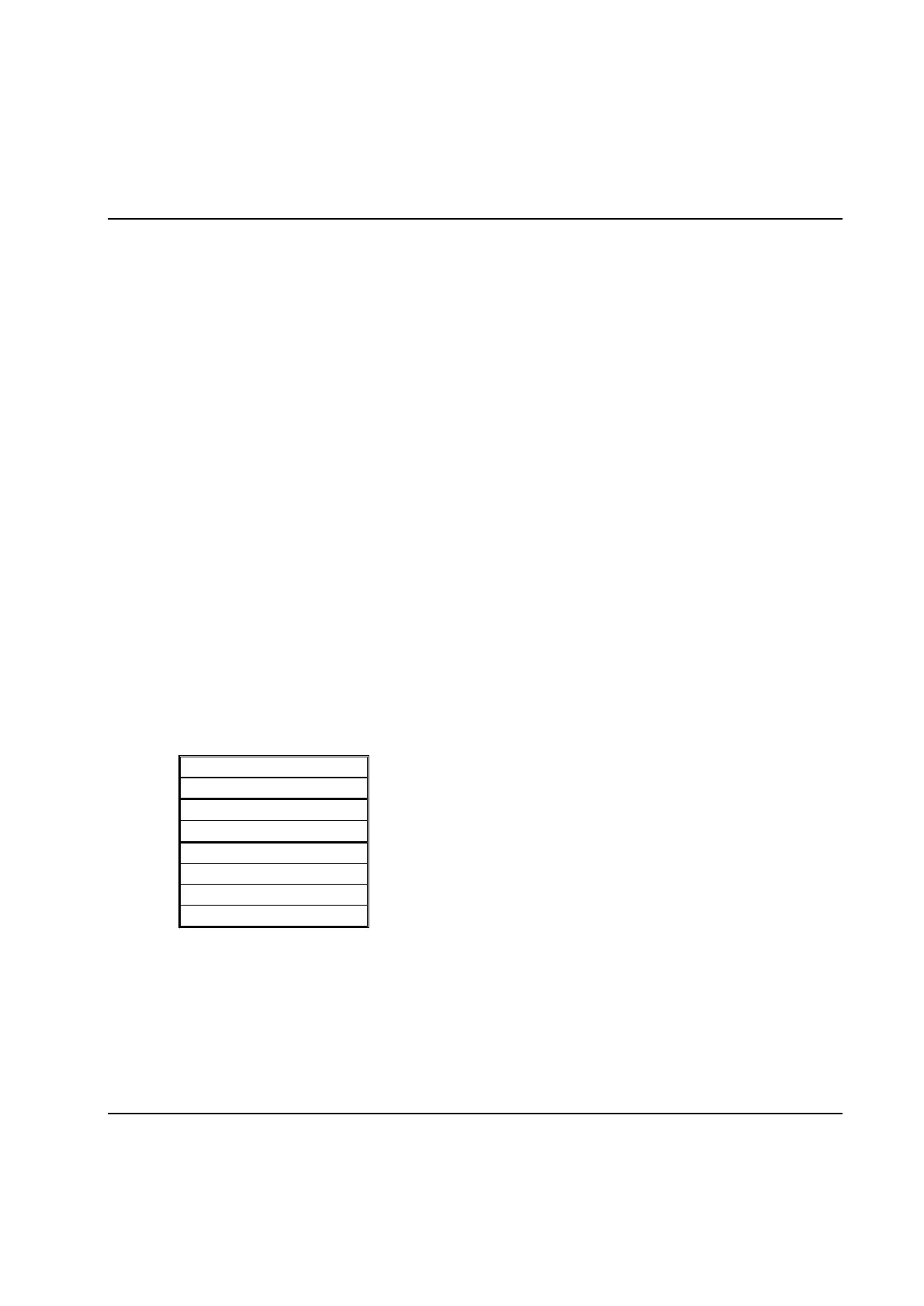